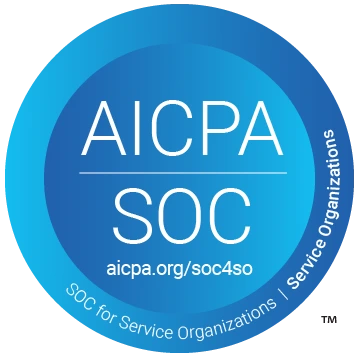
Hurry Up and Wait: Debriefing the TMA Las Vegas Conference

Hurry Up and Wait: Debriefing the TMA Las Vegas Conference
By Mia Drennan
It’s no secret that the distressed sector has lulled since the dog days of the pandemic. Investors, attorneys, and advisors shared this observation at the Turnaround Management Association’s Distressed Investing Conference in Las Vegas, which we attended last month.
In our conversations with conference delegates, we identified several key themes that will drive activity in the distressed and restructuring community for the remainder of the year.
Despite Low Activity, Boards Readying for Distress
Over the course of the three-day conference, we learned that directors of companies have been engaging with restructuring advisors to scenario plan for distress, with many of these conversations picking up in recent weeks and months. Given economic headwinds like the prospect of rising interest rates, inflation and massive supply chain disruption (exacerbated by the tragedy unfolding in Ukraine), directors are right to be planning for various distress and restructuring scenarios.
Overall, the consensus among delegates was that while these headwinds will place pressure on companies and their sources of financing, the effect will likely be delayed, and we are unlikely to see defaults right away. In the meantime, however, distressed companies still have an abundant number of levers to pull given the amount of liquidity floating in the market.
Rather than stay complacent with the current conditions of the market, directors are taking steps to anticipate distressed bankruptcy events.
From an economic perspective, this is reminiscent of the Great Financial Crisis. There are quite a number of large companies getting by on their ability to raise capital, but without a lot of covenants in their debt agreements. Because of this change, creditors and investors have fewer ways to impact company behavior and decision-making, which will be a significant factor in restructuring situations.
Navigating Distress in the Covenant-Lite Era
The explosion of covenant-lite debt facilities in the last few years creates added tension in bankruptcy and restructuring situations. According to a report from S&P’s Leveraged Commentary & Data platform, more than 90% of US leveraged loans issued in 2021 were covenant-lite, a record which has been broken every year since 2000 when covenant-lite loans were a mere 1% of the market. The report also notes two specific implications:
- Covenant-lite loans do not include maintenance covenants, which require borrowers to meet regular financial tests.
- The trend is worth noting because of the potential recovery levels. Covenant-lite facilities recover less than traditional term loans with maintenance covenants, an LCD analysis shows.
The next wave of distress will take place in an environment where creditors have fewer tools to recover value in restructuring and bankruptcy situations, potentially triggering more litigation from creditors. For agents in these situations, managing and mitigating conflicts of interest becomes increasingly important as different groups of credits emerge with diverging agendas. As deal parties will unfortunately learn, not all agents are equipped to navigate these challenging waters, which is where GLAS plays a significant role as a successor. As a company, GLAS prides itself on operating as a neutral arbiter, ready to take action and enforce creditor decisions.
Learn more about our restructuring here.
Contact GLAS
For more information about GLAS and our services, please contact:














